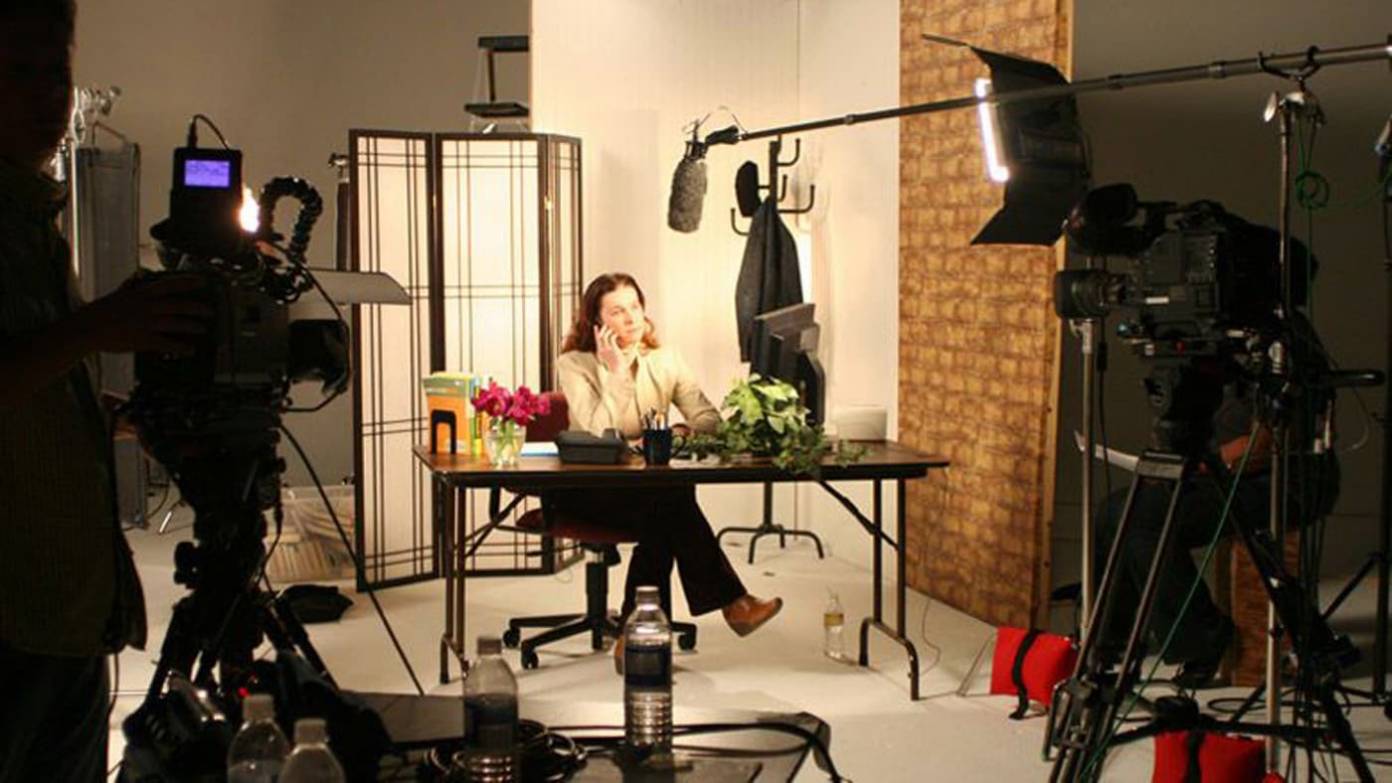


Tip:If you are using 3D nodes, such as cards, spheres, or cubes, together with a TimeOffset node, you can view the object in just a specified frame range by setting the frame range control for the object, and attaching a Viewer node to the TimeOffset node. If you don’t, the Viewer fills the empty frames at the tail of the clip by holding on the last frame. Note:It’s not mandatory that you adjust the script’s frame range after slipping the clip. Select Edit > Project Settings, and enter frame range values that match the output range you specified.

Enter a positive value to add frames to the head of the clip.Īdjust the script length for the new output range. Enter a negative value to subtract frames from the head of the clip. In the time offset (frames) field, type the number of frames by which you want to offset the clip. In the TimeOffset properties panel, check reverse input if you want to invert the clip (make the last frame the first, and so on). (Place it downstream from the element to which you want to offset.)Īttach a Viewer to this node, so you can see the effect of your changes. To Offset a Clip Using the TimeOffset Node 1.Ĭlick Time > TimeOffset to insert a TimeOffset node into your script. Unlike TimeClip, the TimeOffset node can also be used with 3D nodes, for example, if you want to offset camera times. In Nuke, you can offset clips using the TimeOffset and TimeClip nodes. Offsetting a clip refers to moving the clip backwards or forwards in time. You can slip clips (move them forward or backward in time), cut them, or splice them to other clips. Nevertheless, you can still perform editorial operations that you might associate with a timeline. As a node-based system, Nuke doesn’t have a timeline.


 0 kommentar(er)
0 kommentar(er)
